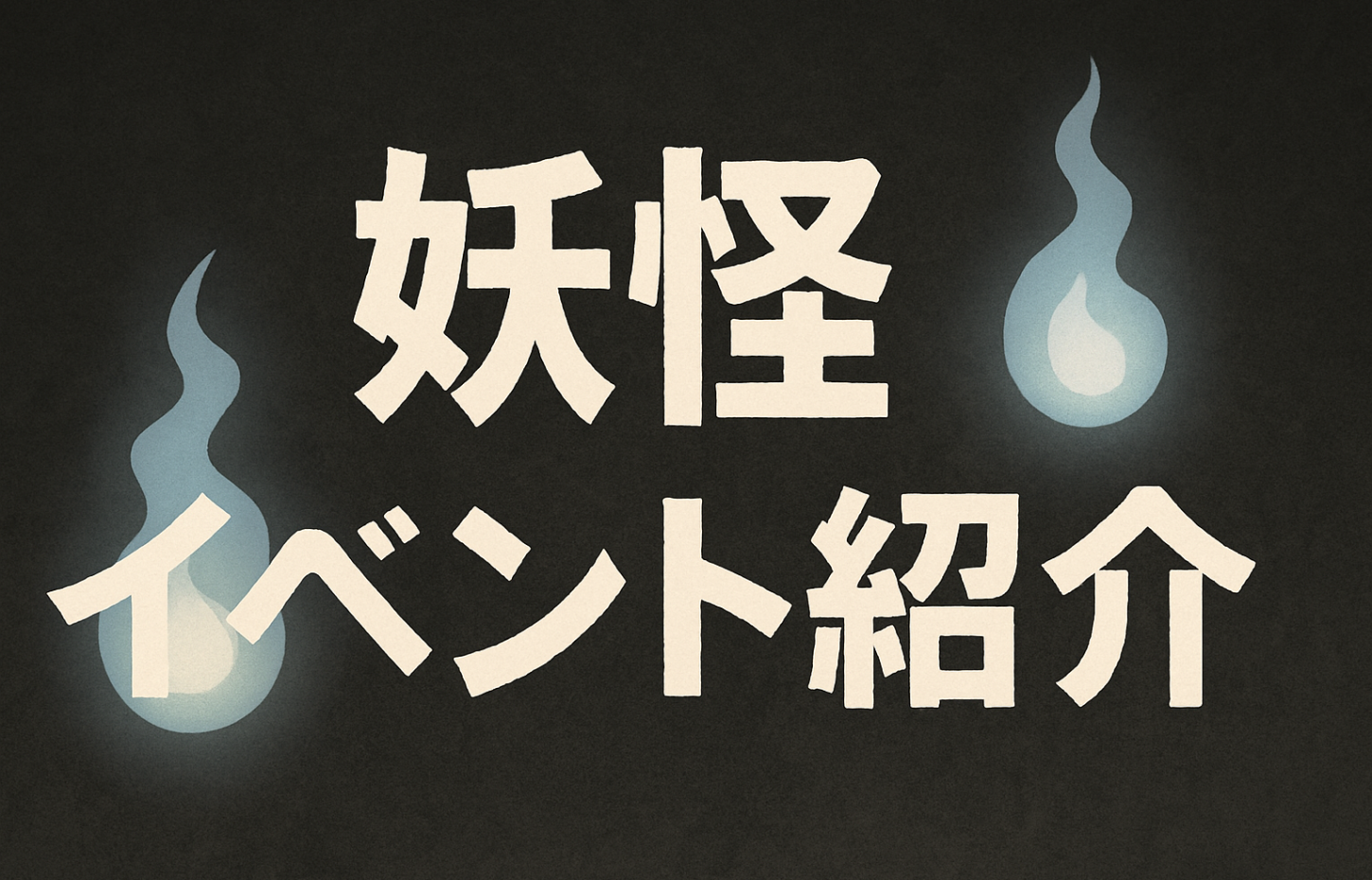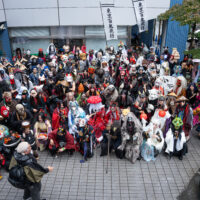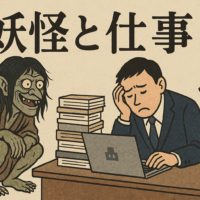
Namahage Special Feature Part 3 "Namahage's Friends and Roots"
Sorry for keeping you all waiting. Here is the third installment of our Namahage special feature!!
This time we will be talking about Namahage species found all over Japan.
So let's make a quick list.
- Yamahage, Akita City, Akita Prefecture
- Nagomehagi, Noshiro City, Akita Prefecture
- Amahage, Yuza Town, Yamagata Prefecture
- Murakami City, Niigata Prefecture, and Amamehagi in the Noto region of Ishikawa Prefecture
- Fukui Prefecture Appossha
- Suneka in Yoshihama, Sanriku Town, Ofunato City, Iwate Prefecture
- Uwajima region, Ehime Prefecture, Amaburakosagi
There were so many of them. (Shocking
For now, let's take a look at the costume of Iwate's Suneka, a representative member of our group.

Hmmm~? They look the same in their raincoats and with weapons.
The masks are animal-like and reminiscent of the natives of Papua New Guinea.
What kind of meaning does each of them have?
I'm not interested.
What is Namahage?Feature 1As explained in the etymology of Namahage,
Low-temperature burns called "namomi" that occur when you heat a kotatsu too much
The word "Namahage" comes from the fact that it means to "peel off" the thin skin.
The "namomi" part and the "hagu" part differ depending on the dialect.
Similar customs, though called different names, are scattered throughout the country.
Suneka is no exception, and he hunts the Namomi attached to his shins.
It is called "shin skin takuri" so it is called "sneka".
Well, looking at it this way, low-temperature burns are caused by kotatsu or hearths.
It makes sense that they are more common in cold regions, mainly Akita.
I am particularly interested in how this custom spread to various places.
I don't know where it all started,
Let's try Namahage!
There must be someone who said that.
There must be quite a few people who have spread Namahage to various places.
So I read books about folklore and searched Wiki.
I tried my best to research it.
There is no such person...
However, when I looked into the customs of various places, I found that this person started it.
Unfortunately, no accurate records of its origins can be found.
Usually, in any history, we don't know what someone from somewhere did or did what.
It's something that comes out, but the person who spread it by word of mouth doesn't come out either.
We don't even know the route it took to spread.
The world is still full of mysteries.
This is reallyDid Namahage actually exist?
You think so, right? Right?
Yes.I'm getting more and more excitedThis is no good.
When you're interested in something, you want to know everything about it.
And then, as I continued to investigate,
I found a website that explains the origins.
http://www.namahage-oga.akita.jp/
Continuing with the origin article.
There are various theories about its origin, but it generally goes something like this.
- The theory that Namahage was Emperor Wu of Han
- The theory that Namahage were ascetics
- The theory that he was a mountain god
- He was a foreigner
for a moment
This is it! This is the origin!
I thought so.
Read it carefully. Hmm.
In fact, this is not the theory of Emperor Wu of Han.
He was a mountain ascetic, a mountain god, or a foreigner.
That is because they are scattered in various regions.
This is also a common story about demons and tengu.
So, the main point of this story isNot there.
The person who spread these theories wasWho the hell is that?That's it...
I still don't understand...
This is the oldest document about Namahage.
In "Oshika no Kankaze" written by the Edo period travel writer Masumi Sugae,
It seems that the Namahage custom was already well established in Oga City.
To be honest, I realized that this isn't something that can be found out by just doing a quick search.
Umm, it’s packed…
But I really want to know...
Even just Namahage is like this.
The origins and propagation routes of kappa and tengu, which have several times more anecdotes,
I wonder how mysterious and interesting it would be to follow it.
Just imagining it makes me feel like I could eat 10 bowls of rice.
The more you know, the more mysterious it becomes.
This is something that has fascinated me since I was a child.
That's one of the charms of monsters.
It's a bit of an awkward situation and I'm not satisfied.
Namahage is not only found in Japan,
It seems there are similar customs all over the world.
Next time we'll feature Namahage from around the world!
Looking at customs around the world might provide some valuable clues!!
That's exciting.








No comments yet.